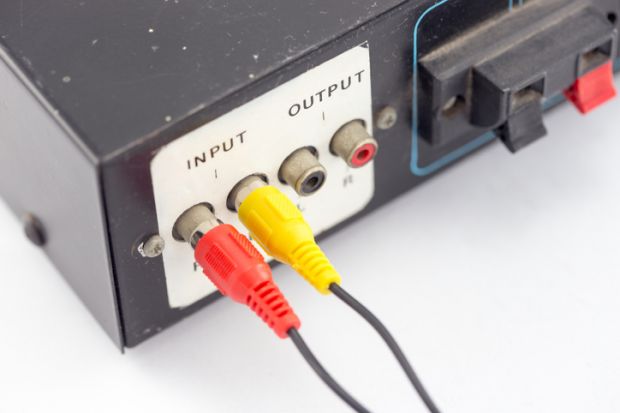Since coronavirus forced the switch to remote learning, I have seen many universities share infographics and statistics about their online teaching.
These self-congratulatory messages highlight how vast numbers of courses, video lectures and online sessions have been delivered by a large number of faculty and attended by a much larger number of students.
However, I have not seen similar publications or statistics related to student achievement of intended learning outcomes in the new teaching environment.
Of course, it might still be too early to have any quality or complete data. In most cases that I have followed closely, universities did not even think about how they might monitor the success of online teaching. Some universities have even suspended existing monitoring processes during this crisis semester of remote teaching, such as student course surveys.
Yet classes, sessions and lectures are just the input. What really matters is the output they allow us to co-create with our students. This should always be on any university’s mind.
In this regard, it is difficult to ignore key stakeholders’ negative feedback. The cases of students suing their colleges for tuition refunds or requesting reduced tuition fees for online classes next autumn is an example of many students’ dissatisfaction – or, at least, their view that online teaching is not equivalent to offline in terms of value for money. Another example is students’ negative feedback on social media platforms.
Staff feedback is not overwhelmingly positive either. Monitoring social media groups, such as the excellent “Higher ed and the coronavirus” on Facebook, offers good examples. For many faculty around the world, the online teaching experience itself is not perceived positively and teaching right now is not necessarily the main concern in comparison to all the stress about furloughs and college closures.
There are, of course, also students and faculty who are happy with the experience. But how many? And what do they like about it? Those and many other questions remain unanswered. In many cases nothing has been done to monitor them.
Emergency remote teaching is, in essence, an unexpected and underprepared shift. It is understandable that many universities did not have the time, resources or capabilities to set in motion adequate monitoring. But we need to be careful.
Using our online teaching metrics for institutional public relations is legitimate. It is a good way to celebrate the efforts of all those who have worked on the technical aspects and made them possible in such a short period, to whom praise is due. However, far from accelerating more sophisticated online learning, the celebration of remote teaching statistics could, in fact, adversely impact online development.
Emergency remote teaching, as many colleagues and experts around the world have pointed out, is not online learning. Neither is it digital strategy, nor digital transformation of a university. Administrators face a real risk of shifting back to an input-oriented model of education, focused on the teaching, rather than what the student does and takes away. Having worked in environments adopting both approaches, I cannot advocate enough for outcome-based education, especially in the dawning era of digital-by-default teaching.
There is also a risk of obsessing about teaching metrics, such that we don’t see the forest for the trees and fail to prepare for much-needed deep digital transformations. We have seen this with research metrics, the excessive attention paid to which often comes at the expense of research quality and impact. Teaching and research, our core missions, are about creating impact through knowledge, not delivering on (over)simplified metrics.
The models and processes of online teaching will definitely evolve greatly in the near future; we should not miss the catalyst offered by the current live, large-scale experiment to embrace radical change.
We need to adopt a hypothesis-driven experimental approach to introducing innovations in teaching, and a clear appraisal of what has worked and what has not. This approach should be well within reach, given that a large proportion of university employees are scientists with a high level of expertise in devising and using such experimental protocols and techniques for their own research.
Higher education’s main challenge is neither lack of resources nor the capability to improve teaching: it is a failure to apply the tools of research to interactions with students. Nurturing an organisation-wide experimentation culture is paramount to face the coming challenges.
Nabil Ghantous is associate professor of marketing at Qatar University.
Register to continue
Why register?
- Registration is free and only takes a moment
- Once registered, you can read 3 articles a month
- Sign up for our newsletter
Subscribe
Or subscribe for unlimited access to:
- Unlimited access to news, views, insights & reviews
- Digital editions
- Digital access to THE’s university and college rankings analysis
Already registered or a current subscriber?








